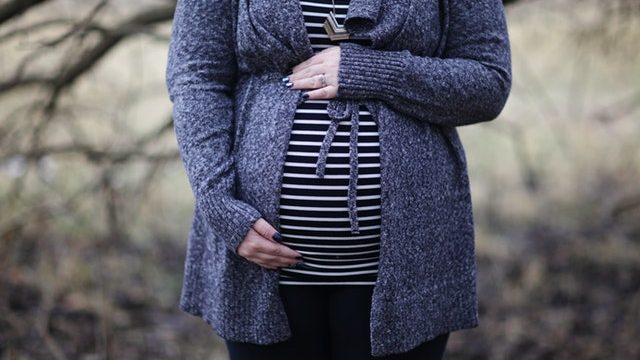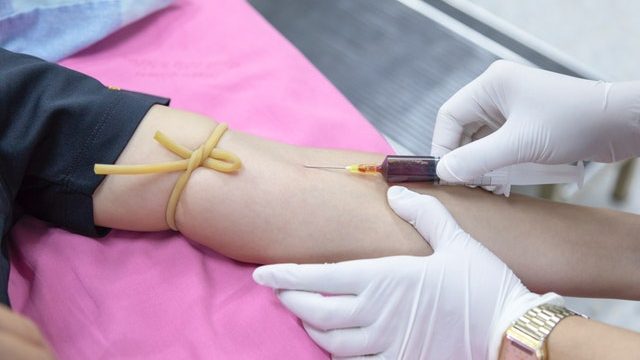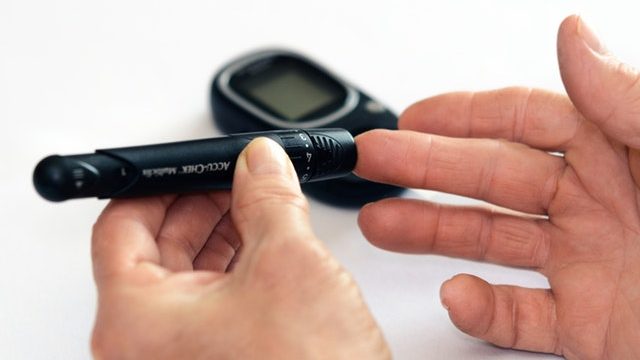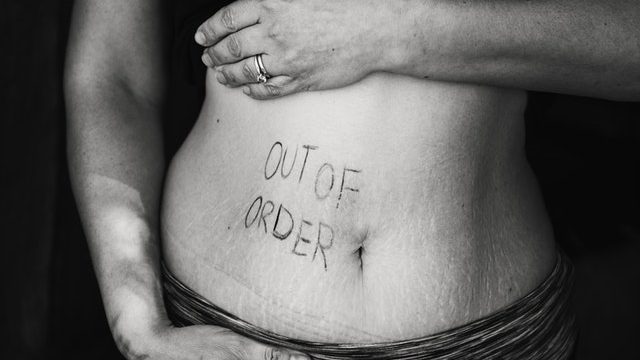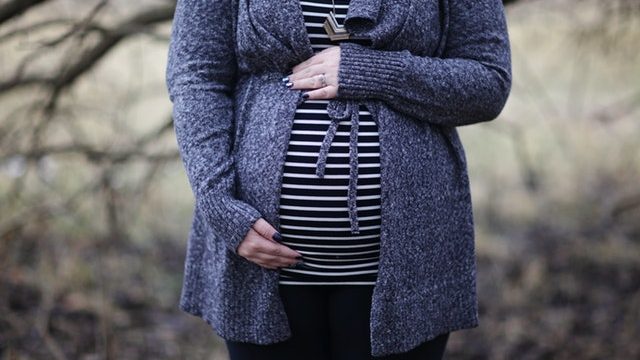Genetic disorders are caused by changes in a person’s genes or chromosomes. Human beings have 46 chromosomes of which two are the sex chromosomes and 44 are the autosomes.
Genetic Disorders happen when there are missing or extra chromosomes. Disorders can happen when there are changes in the genes. They can be categorized depending on whether the disorder will manifest when both parents must have the defective gene or when it will express itself even if only one parent has the abnormal gene. They may also be classified depending on whether they are sex-linked or not.
Genetic tests are of two types.
Screening – they are done for all patients to assess whether there is a chance that the foetus may be affected. It is not a confirmatory test. Screening tests can be performed even on parents to see if they have an abnormal gene.
Diagnostic– they are done to confirm the presence of the disorder. (these are discussed on another page)
Prenatal genetic screening tests for a pregnant woman are ultrasound exams and blood tests. The blood tests are various hormones that are tested and are called first-trimester screening, second-trimester screening, combined first- and second-trimester screening, and cell-free DNA testing.
First-trimester screening
First-trimester screening is done between 10 weeks and 13 weeks of pregnancy. It includes a blood test where two substances are measured and an ultrasound exam, where the nuchal translucency is measured i.e. the neck thickness of the foetus. An increased thickness means that there is a chance of Downs syndrome or some other defects.
Second-trimester screening
Second-trimester screening is done between 15 weeks and 22 weeks of pregnancy. It includes the “quadruple” blood test where four different substances are measured and an ultrasound exam between 18 weeks and 20 weeks of pregnancy to check for major physical defects in the foetus.
Combined first- and second-trimester screening
The results from first- and second-trimester tests are combined and then interpreted. This can improve the detection rate but then one must wait till the second trimester for the results.
Cell-free DNA testing
A small amount of fetal DNA is released from the placenta into a pregnant woman’s blood. This DNA can be isolated and analysed and screened for chromosomal disorders. This test can be done at 10 weeks of pregnancy.
Interpretation
A positive screening test result means that the foetus is at higher risk of having the disorder compared with the general population. It does not confirm that the foetus has the disorder. It means that further confirmatory tests are required to be done to confirm the presence of the disorder.
A negative result means that the foetus is at lower risk of having the disorder compared with the general population. It does not confirm that the foetus does not have the disorder.
Only the diagnostic tests will confirm the presence or absence of the disorder. Suitable action can then be planned by the parents. E.g. They may terminate the pregnancy if the disorder leads to poor quality of life or they may be able to plan the delivery in a tertiary care centre where the baby will get the required neonatal facilities and intervention as required.
In current times every pregnant woman should take the prenatal screening tests so that she can have a healthy baby.

































